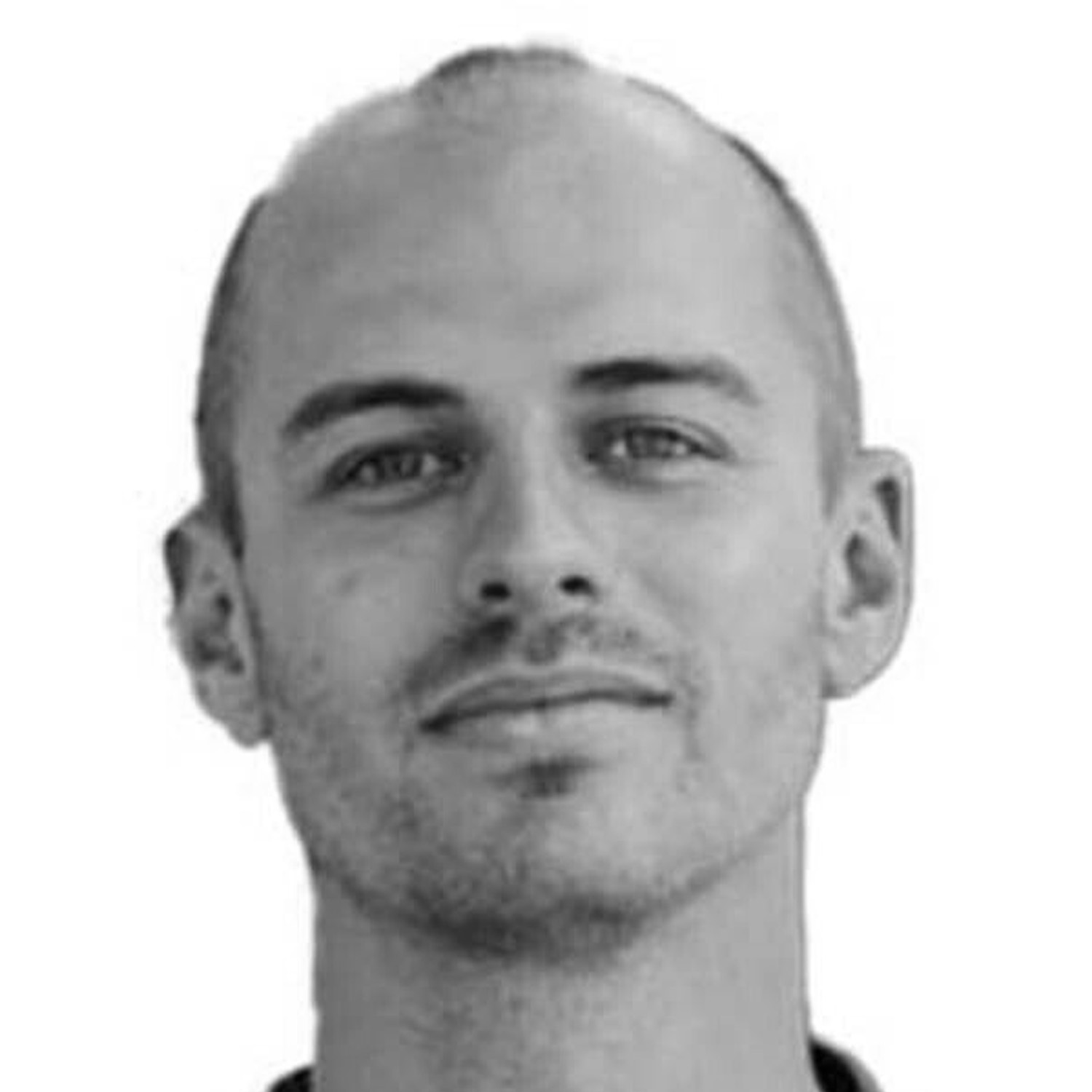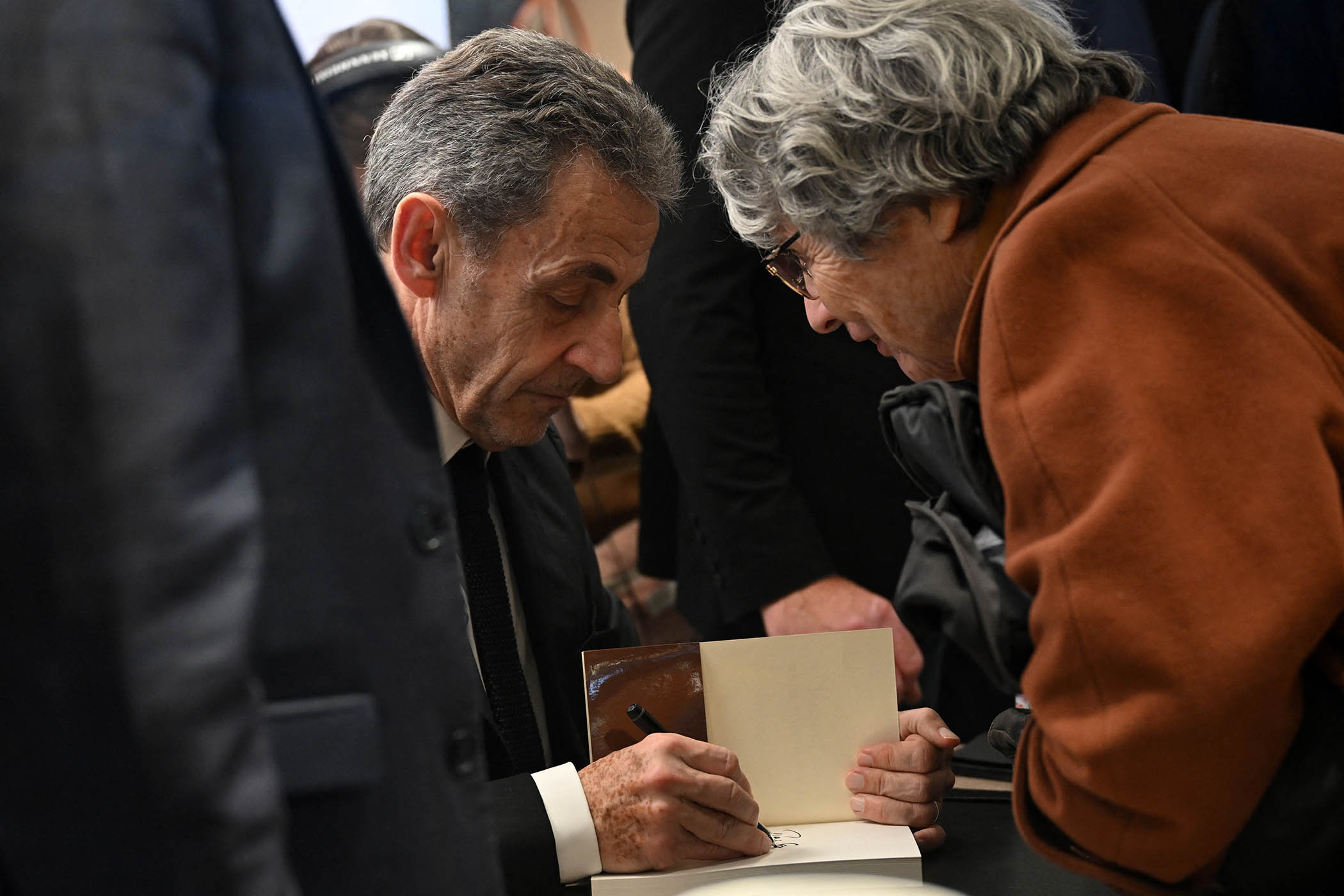Tens of thousands of people gathered in Novi Sad, Serbia’s second biggest city, on Saturday to mark the anniversary of a train station disaster that killed 16 people.
So what? Protests have rocked the country for a year and show no sign of stopping. Demonstrators who initially demanded a transparent investigation now want a complete overhaul of an increasingly authoritarian political system. They have
•
drawn widespread support;
•
been met with repression; and
•
made Serbia almost ungovernable.
Recap. Throughout his 13-year rule, Serbian president Aleksandar Vučić has staked much of his political legitimacy on delivering large infrastructure projects. The deaths at Novi Sad station happened when a concrete canopy collapsed. It had just been built as part of a refurbishment project to accommodate high-speed trains.
Commemoration. On Saturday demonstrators held a 16-minute silence for the 16 victims, starting at the time when the canopy fell. Large numbers arrived in Novi Sad after a symbolic 16-day march to the city.
Elsewhere. Protests continued in Belgrade on Sunday as demonstrators and regime loyalists squared off outside the national parliament, separated by riot police. Stefan Hrka, whose son was among those killed last year, declared a hunger strike.
Related articles:
Significance. This is about more than shoddy construction. For a wide cross-section of society, the disaster has come to symbolise a deep-seated political culture of corruption and nepotism.
United front. Students, joined by doctors, farmers and other workers, have spearheaded the protests. A key demand is for early elections, which are scheduled for 2027. Demonstrators are drawing up lists of their own candidates ahead of a potential vote, and two opposition parties have agreed to sit out the next election to boost their chances of success.
Shift. Serbia is no stranger to protests, witnessing waves of unrest almost every year over the past decade. But the persistence of the current movement is different.
Digging in. Vučić has denounced the demonstrators as “terrorists” and “wretches” acting on behalf of foreign interests. Since March hundreds of his loyalists have been encamped outside the parliament building as an apparent human shield.
Flashpoint. One of the biggest rallies took place in June, drawing an estimated 140,000 people, who erected barricades in Belgrade. After clashes broke out, the security forces were accused of using disproportionate force against largely peaceful student demonstrators.
Turn. The protests turned violent in August, when demonstrators set fire to the offices of the ruling Serbian Progressive Party, which was accused of sending masked thugs and football hooligans to confront its opponents. At least 42 police officers were injured during clashes.
Abuse. Nearly 1,000 protesters have been arrested in the past year. Amnesty International has cited reports of beatings during arrests and in detention centres. Some female protesters say they have been threatened with rape while in detention, and intimate photos of at least one woman demonstrator have appeared on social media and on a pro-government TV channel.
Striking a balance. Last week the European Parliament issued its strongest rebuke of Serbia’s government, condemning “state-influenced violence, intimidation and indiscriminate arrests”. But the EU has also praised recent changes to the electoral register and media regulator.
The bigger picture. Serbia is currently in talks to gain membership to the bloc. European leaders are wary of pushing the country further into the embrace of Russia by criticising it too harshly. The Serbian Progressive Party has close ties with Moscow.
What’s more… Vučić has toned down his rhetoric in recent days, calling for dialogue and apologising for his previous language. This may placate the demonstrators, at least for a while.
Photograph by Marko Drobnjaković/ AP.



